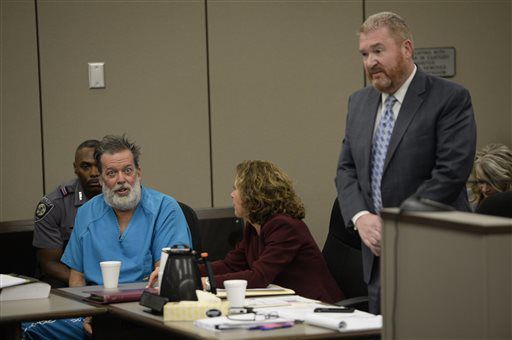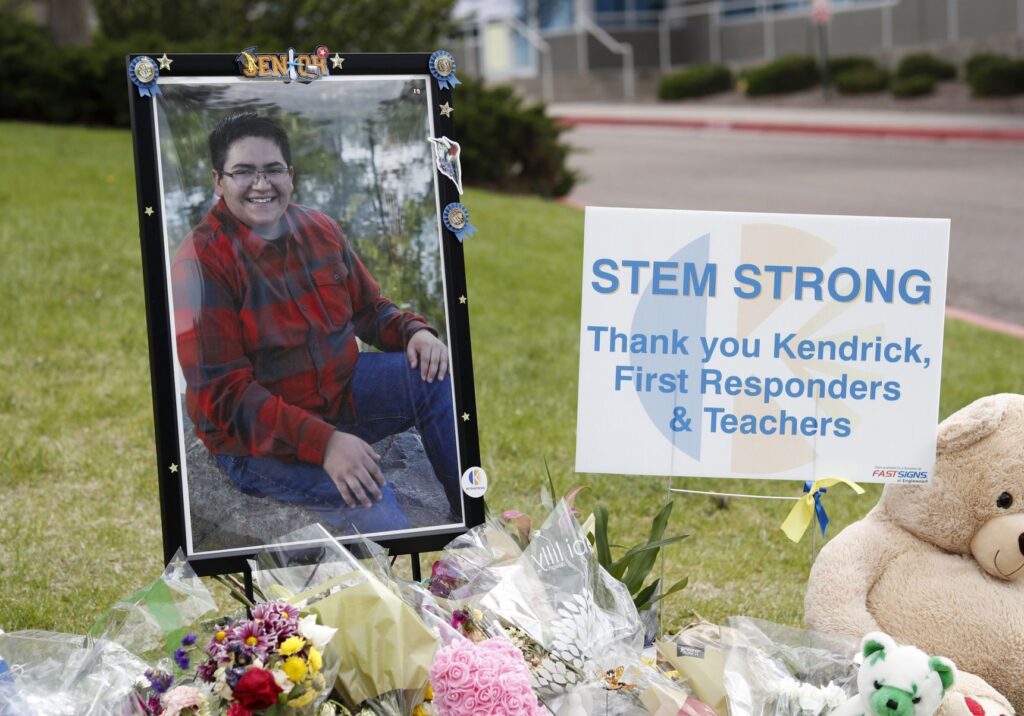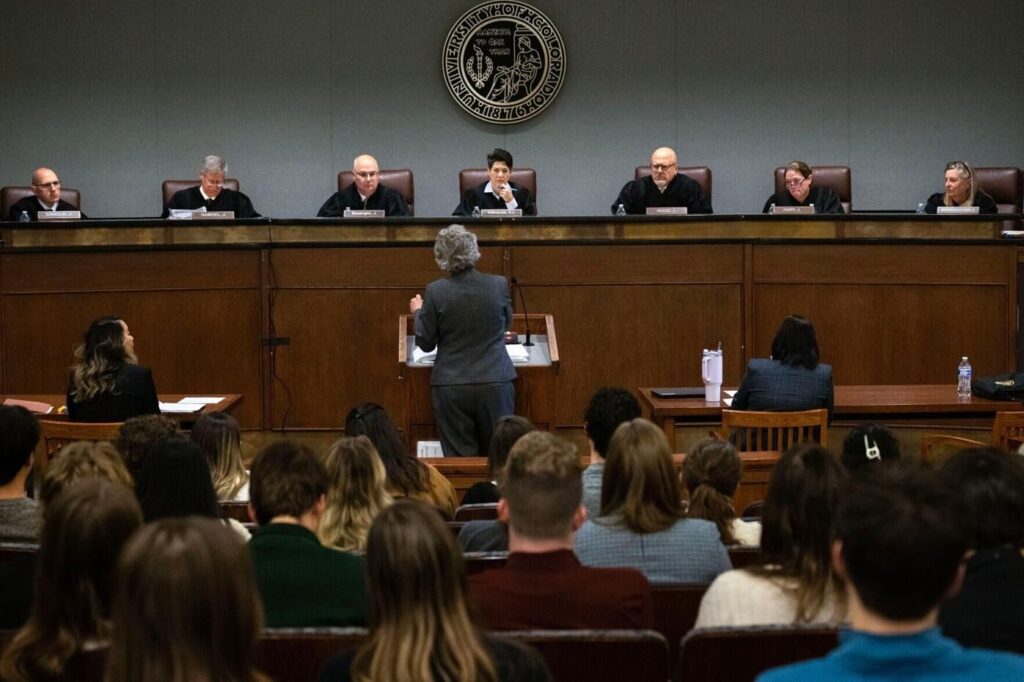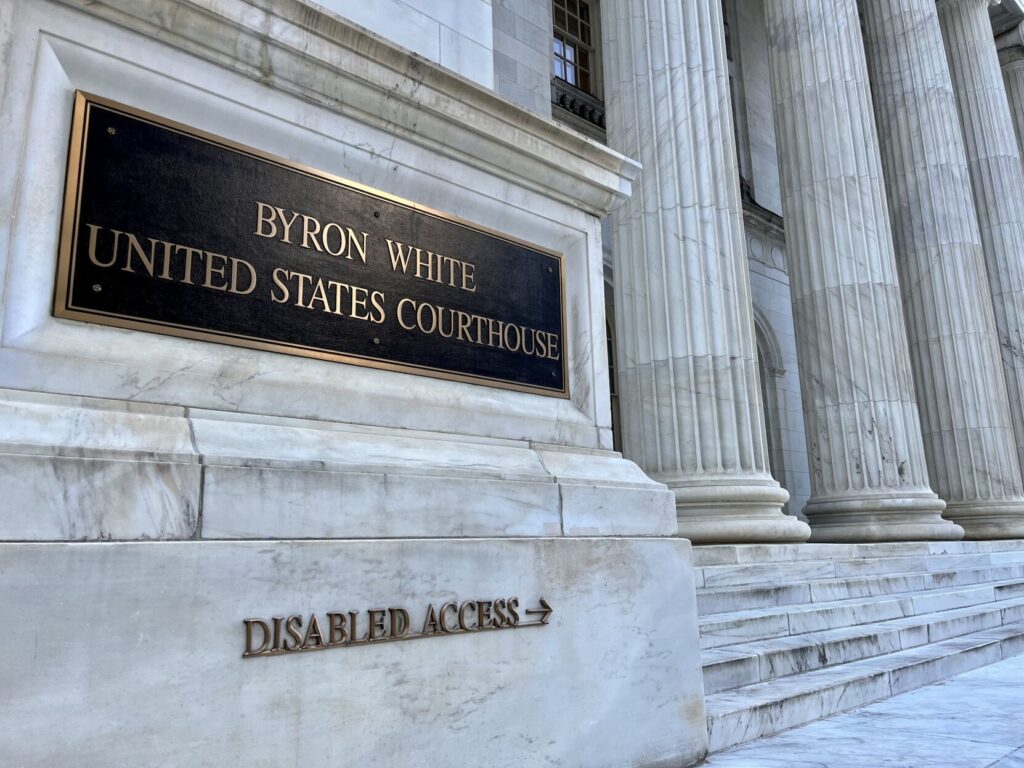Colorado Supreme Court explores limits of ‘Make My Day’ defense
There was no dispute that Justin Brendan Martinez shot and killed his friend, Ismael Huerta, inside Martinez’s house. Martinez and another witness described the shooting as a freak accident, one in which Martinez fired his gun at the floor but happened to fatally wound Huerta.
Adams County jurors acquitted Martinez of murder but convicted him of reckless manslaughter. However, Martinez contended on appeal that jurors may have similarly acquitted him of manslaughter if they had been permitted to consider a specific self-defense instruction related to home intruders.
In Colorado, people may use deadly force in self-defense against imminent physical harm if they believe lesser force is inadequate. However, deadly force is always authorized against home intruders under the “Make My Day” law if the person using force believes the intruder is also about to use force, “no matter how slight.”
Both concepts operate as affirmative defenses, meaning prosecutors, in addition to proving the crime itself, have to disprove at least one component of self-defense or the Make My Day defense.
Last week, the state Supreme Court considered whether Martinez’s jury should have evaluated whether Make My Day is a defense to the reckless use of force, not simply the force used to commit murder.
“This is pretty complicated and confusing stuff,” public defender Joseph P. Hough told the justices at the May 7 oral arguments.

FILE PHOTO: Students from Pine Creek High School ask the justices of the Colorado Supreme Court questions after watching them hear arguments from two cases in the high school auditorium on Nov, 17, 2022. Pictured from left to right are Justice Richard L. Gabriel, Justice Monica M. Márquez, Chief Justice Brian D. Boatright, Justice William W. Hood III and Justice Melissa Hart.
In Martinez’s case, he and Huerta had been out drinking with another friend and they came back to Martinez’s house. Martinez attempted to drive to another bar, but Huerta intervened and started punching him. Huerta continued beating Martinez inside his house. Huerta started to leave but Martinez grabbed a shotgun, fired at Huerta and hit him.
Martinez characterized it as a “warning shot” and the friend who witnessed the shooting called it a “freak accident.” Prosecutors charged Martinez with murder, but jurors found him guilty of the lesser offense of manslaughter.
The state’s Court of Appeals initially agreed Martinez could not assert an affirmative defense to manslaughter under the Make My Day law. Manslaughter involves acting recklessly, explained Judge Elizabeth L. Harris, meaning ignoring an unjustifiable risk.
“Under the force-against-intruders statute, any risk of harm to the intruder is, by definition, ‘justified,'” she wrote.

The Ralph L. Carr Colorado Judicial Center in downtown Denver houses the Colorado Supreme Court and Court of Appeals.
Before the Supreme Court, Hough argued that normal self-defense accounts for proportionality when determining whether force was justified, but the Make My Day defense authorizes any degree of force based on a reasonable person’s perceptions of an intruder’s actions.
“Self-defense inherently requires the actor to regard the risk of harm to others and to conform his conduct to the reasonable standard of care, while ‘make-my-day’ justifies even that conduct that consciously disregards risks that are substantial and unjustifiable,” Hough wrote.
“Doesn’t the force-against-intruders statute require justifiable conduct? It requires reasonable belief in two or three different ways,” observed Justice Richard L. Gabriel.
Some members of the court suggested they already answered the question in the 2011 case of People v. Pickering.
“The problem for you is Pickering isn’t it? Pickering is in your way,” said Justice Carlos A. Samour Jr.
In that 4-3 decision, the Supreme Court concluded normal self-defense did not apply to reckless actions, so prosecutors do not face a higher bar to securing a conviction.
“Essentially, acts committed recklessly or with extreme indifference or criminal negligence are ‘totally inconsistent’ with self-defense,” wrote then-Justice Nancy E. Rice for the majority. “For example, it is impossible for a person to act both recklessly and in self-defense, because self-defense requires one to act justifiably, while recklessness requires one to act with conscious disregard of an unjustifiable risk.”
The dissenting justices deemed it illogical that prosecutors can prove a defendant committed reckless manslaughter without also proving the defendant did not act in self-defense.
Hough asked the Supreme Court to issue a rule that would prevent juror confusion.
“If I’m struggling with how to figure this out,” he said, “what would a jury think?”
The case is Martinez v. People.











